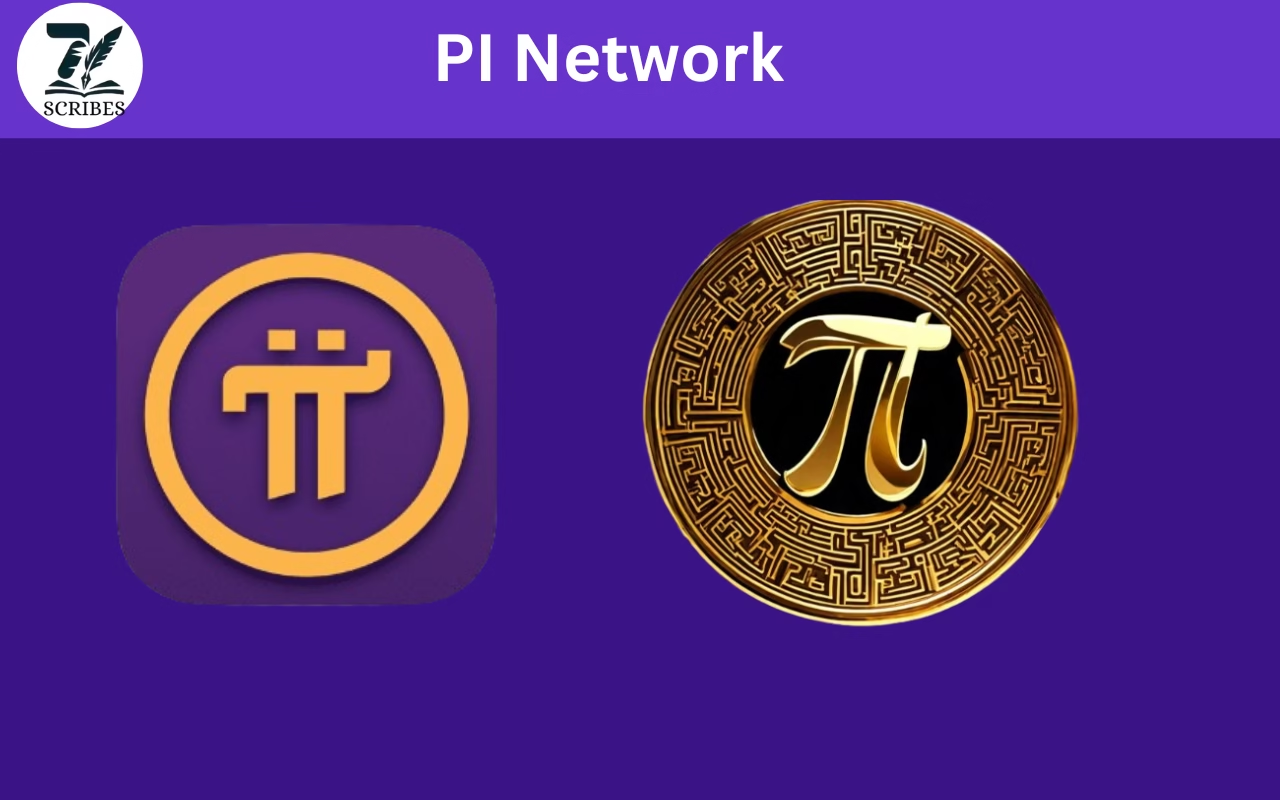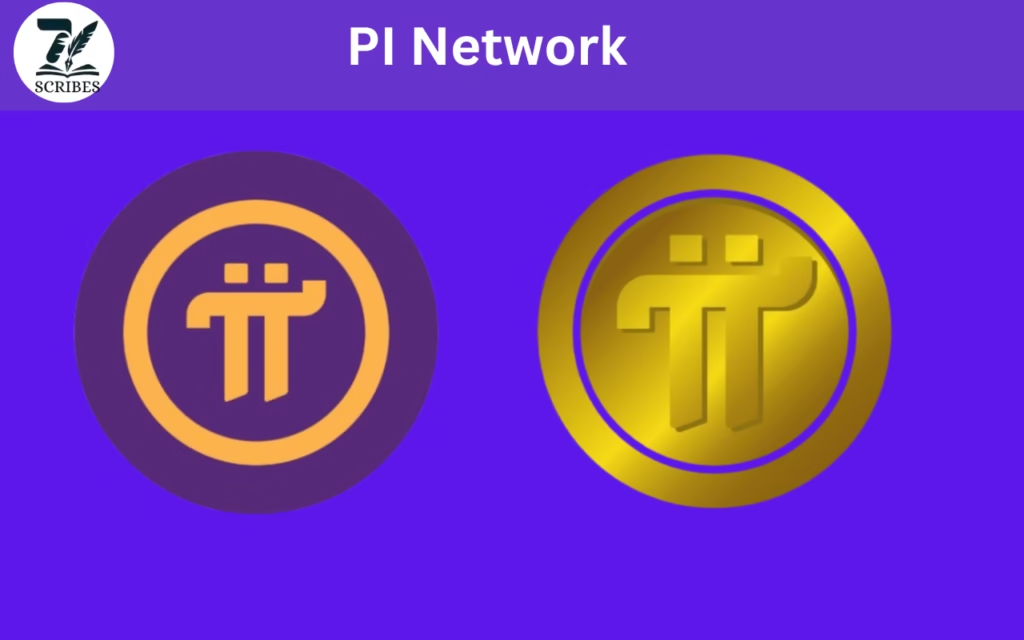It serves as a rapid method of rewarding users and creating new tokens. One of the most well-known projects within the site is the Pi Network, which seeks to mainstream cryptocurrency. As part of its expansion strategy, Pi Network has invested in radio to encourage greater user participation and promote collaboration. In this article, we’ll dive into the specifics of Pi Network’s implementation. Usage, fees, and impact on users and the cryptocurrency market.

What is Pi Network?
Launched in March 2019 by a group of Stanford University students, Pi Network was started with the goal of making cryptocurrency accessible to everyone. Unlike traditional cryptocurrencies like Bitcoin, which require powerful computers and enormous amounts of energy to mine, the Pi Network allows users to mine coins from their mobile phones and verify them using minimal energy
The Pi Network uses a contract that allows users to mine Pi coins by simply pressing a button on their smartphone. The network is growing quickly. Attracting millions of users worldwide, they work together to make Pi a functional and useful currency.
Pi Network Airdrops
Pi Network’s airdrop technology is designed to distribute Pi tokens in a controlled and fair manner to users. These installations are a key part of Pi’s roadmap, playing a key role in both user acquisition and engagement.
How Pi Network Airdrops Work
Pi Network Airdrops are usually distributed to users based on their participation in the network. These installers work like any other cryptocurrency installer, where users receive free tokens in exchange for performing specific actions, e.g.
1 Mining on the App
The main function of the Pi network is to clean dishes. This is facilitated through a mobile app. As long as the app exists, users can basically “mine” Pi coins. Devices installed on the Pi network are distributed based on how long users spend mining coins. The longer you engage in activity, the more Pi is produced and the better your fibroblasts can regenerate.
2 Invitations and Referrals
The Pi network rewards users who invite others to join the network. Employees can send messages to others. And when new members join and start mining, the first employee will receive additional rewards. Including air conditioning. The more users work to expand the network, the more The more successful he or she is, the more likely he or she is to earn Pi through airdrops.
3 Engagement in Community Activities
The Pi Network encourages users to participate in a variety of social activities, such as completing assignments. Taking a survey or using networks through social media In general, Wind turbines are associated with this type of activity. It rewards users who contribute to the development and expansion of the Pi ecosystem.
4 Pi Network Test nets and Beta Versions
The development team occasionally releases new software or participates in the testnet portal during those times. Competitive programs can be an incentive for users to test new features. give feedback or report bugs These contests are a way to reward people and testers for their continued commitment to helping improve the network.

Phases of Pi Network Airdrops
Moreover, Pi Network’s strategy for wind turbines is being developed periodically. This is in line with the development and expansion of the platform.
Phase 1: Pre-mainnet and Early Ai1: Pre-mainnet
In the early days of the Pi Network, users could only hold their Pi through the app. And the tokens they receive cannot be transferred or used outside of the Pi Network ecosystem in the first place. The first generation of wind turbines is primarily focused on building a strong user base and increasing awareness of the project. These airbags are hard to find and are usually distributed to employees working in specialized jobs or participating in delivery projects.2: Testnet
Testnet and Token Distribution
When the work entered the next phase, a larger installation began. These devices are often synchronized with web upgrades or upgrades such as Pi Wallet or Pi Browser. Users are encouraged to test these services. In return, they receive additional Pi tokens. The Testnet portal also helps build the value of Pi coins, as users can see how their tokens can be used across different ecosystems.
Phase 3: Mainnet Launch and Expanded Airdrops
The launch of the Pi Network’s mainnet is a major event. If the mainnet works properly, Pi tokens will be able to be transferred and used outside of the network. Radio waves are expected to grow exponentially this time. As the network continues to evolve into a widely used cryptocurrency This section is very useful in determining the value and legality of the Pi coin in the mainstream crypto market.
The Remarketing of Pi Network Airdrops
Pi Network contest rewards are in the form of Pi tokens. However, the total number of tokens a user can earn from Airdrops depends on several factors:
Mining Rate
Users who work hard to catch Pi will naturally earn more coins. This allows them to receive a higher number of airdrops.
Referral Network
Pi Network’s referral service offers rich rewards for users who invite new members to the network. If the user’s command is active, the fixture can increase the chance that users will get more Pi from the fixture.
Community Participation
Active participation in community-building activities such as research, social media promotion or testing new products It also helps increase the user’s Pi level through attachments.